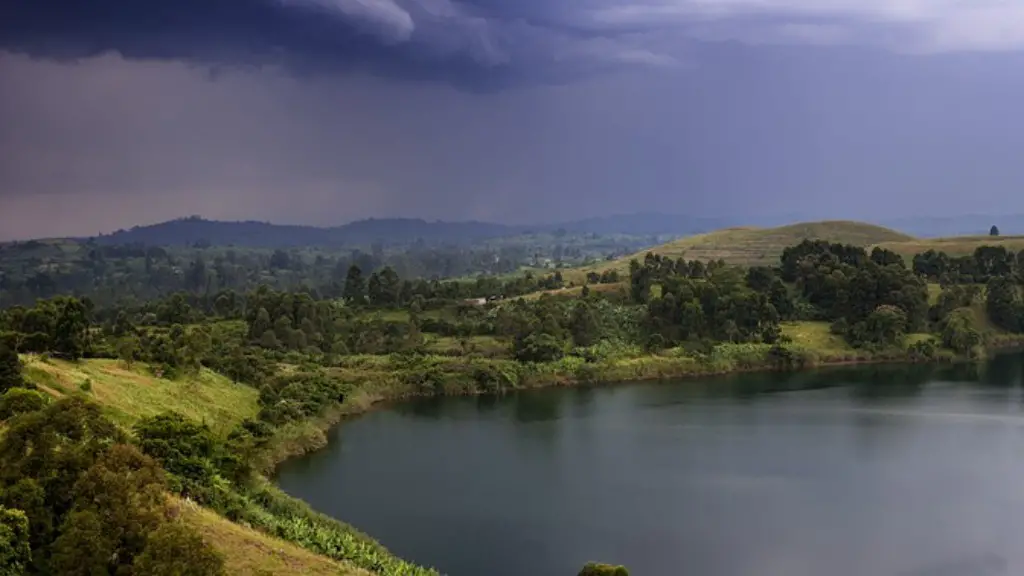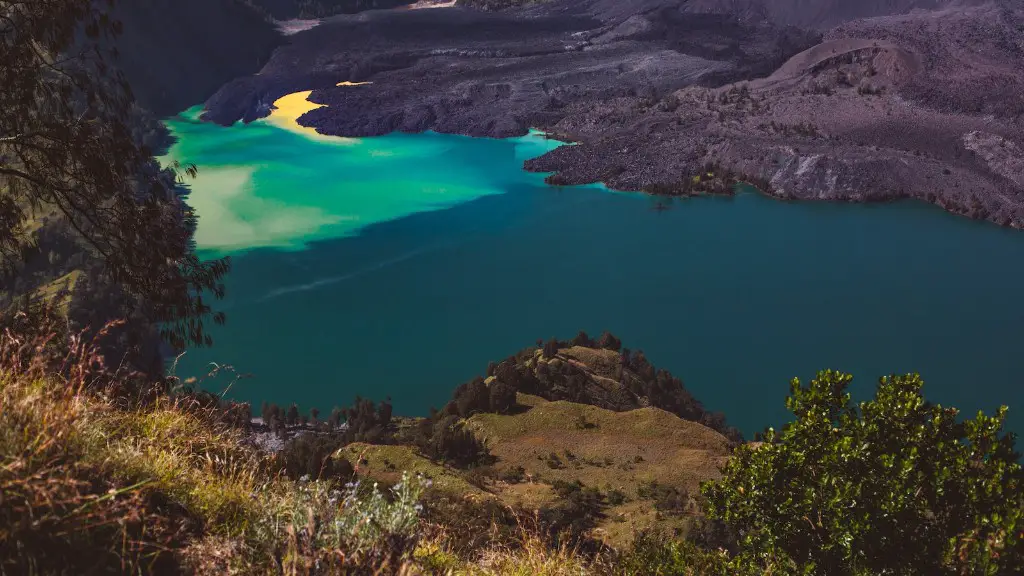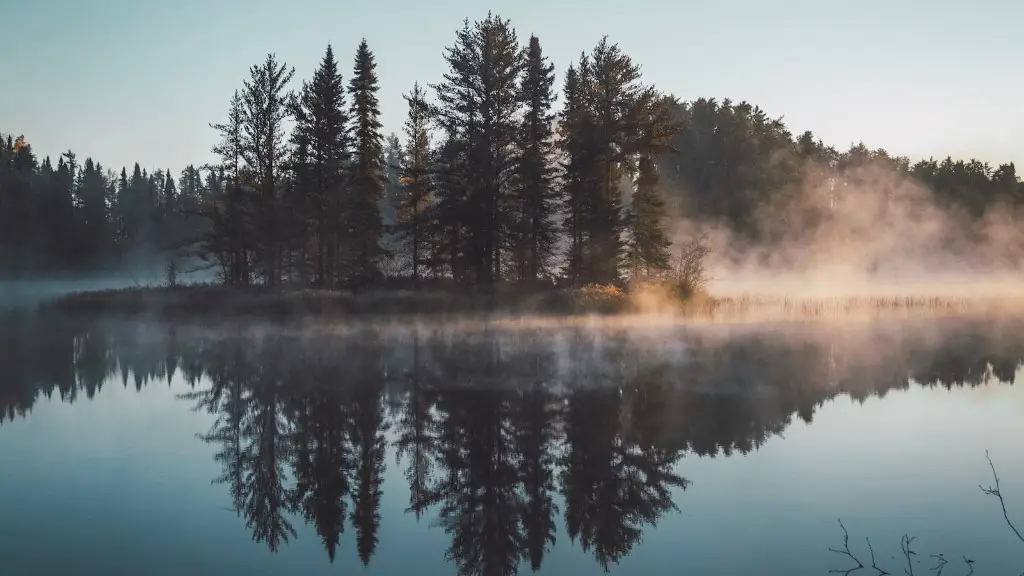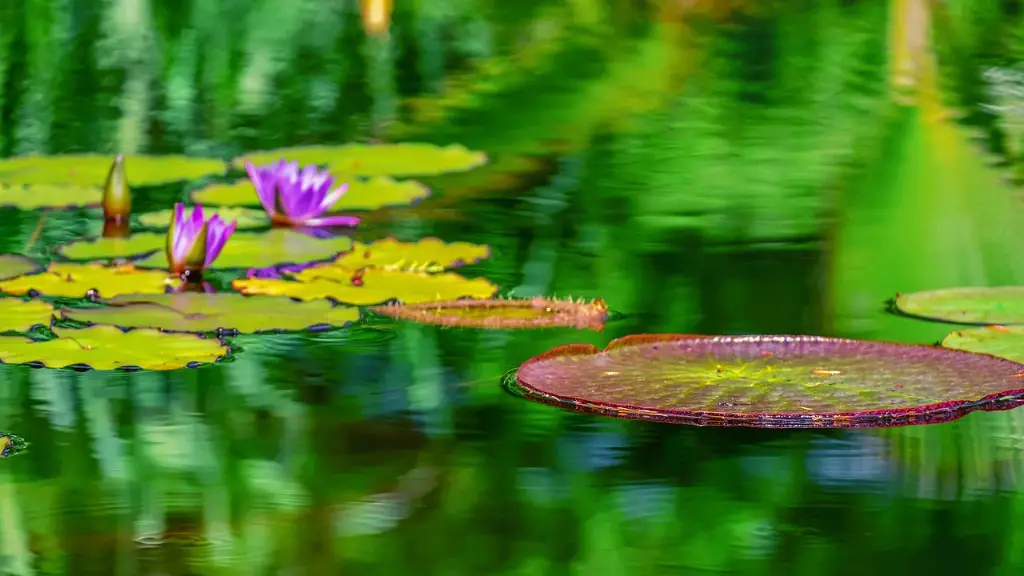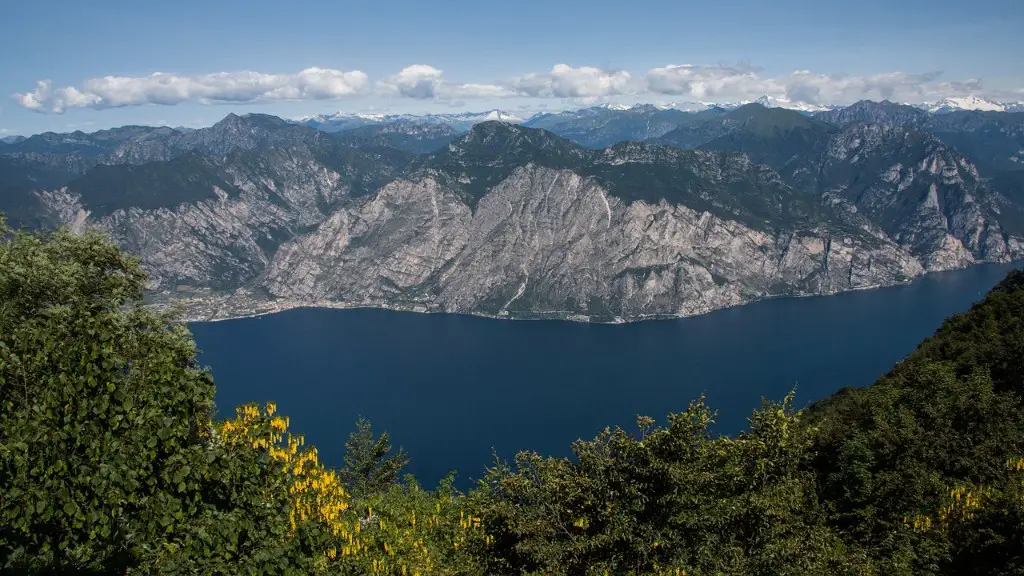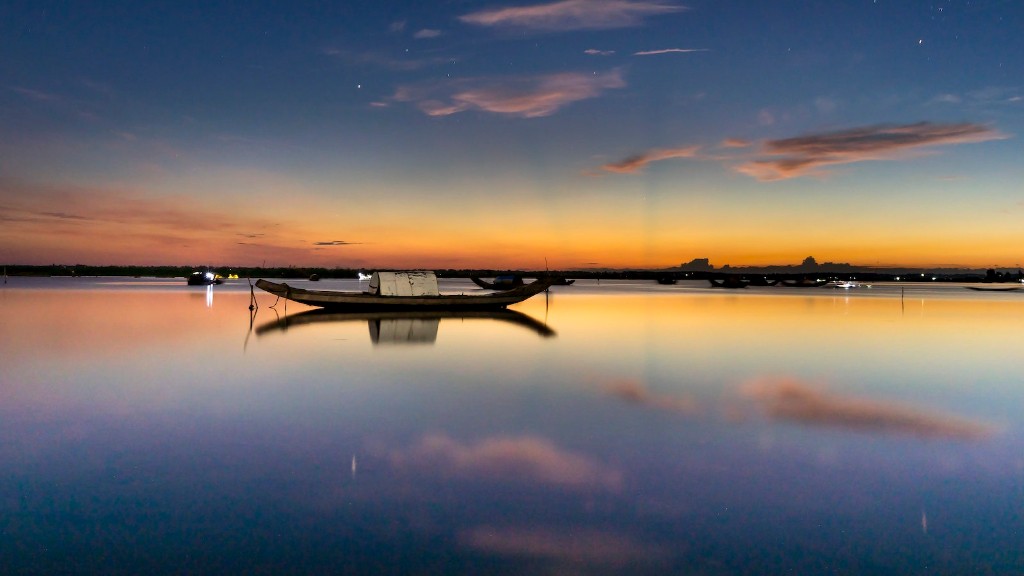What Does Lake Superior Look Like
Whether it’s viewed from the shore or from a boat, the outer appearance of Lake Superior is nothing short of majestic. Its pristine waters stretch as far as the eye can see, while its vastness testifies to the enormous size of this Great Lake. The dark blue of its depths contrasts with the light blue of the shallower areas. When the sun reflects on its surface, the lake sparkles like an endless carpet of diamonds.
But this idyllic setting hides a monster that is capable of causing untold destruction. Lake Superior is known for sudden, violent storms that can whip up waves of more than 30 feet high. They come from any direction, making the waters even more dangerous for sailors and fishermen. Once the storm passes, the waters quickly return to normal.
The depths of Lake Superior hold many secrets, including a variety of fish, undiscovered caves, and even shipwrecks. With a maximum depth of 1333 feet, the waters of this Great Lake are much deeper than they look on the surface. It has a surface area of more than 31,700 square miles, making it the largest of the five Great Lakes.
Lake Superior is also the cleanest of the Great Lakes. The lake is regularly monitored by environmental agencies to ensure the quality of its waters. In addition, citizens can play an important role in keeping Lake Superior clean. Swimming in the lake’s waters, for example, is a great way to help preserve its natural beauty.
Nature has blessed Lake Superior with beautiful scenic views that change as the seasons go by. In the winter, its icy shores make for spectacular sunrises. The spring brings carpet of wildflowers that adorn its gentle hills. In summer, its placid waters are great for swimming, sailing and fishing. And in the fall, its abundant foliage provides a stunning backdrop of bright oranges, yellows and reds.
Lake Superior is more than a lake: it is a source of inspiration, creativity and healing. Its beauty can rejuvenate the spirit and lift the soul. Whether along its shores or out on its waters, Lake Superior remains a powerful reminder of the beauty of nature, and of how much we can accomplish when we work together.
Location
Lake Superior is framed by Ontario and the U.S. states of Michigan, Wisconsin and Minnesota. Its banks are adorned with majestic cliffs and rugged outcrops, while its islands are home to abundant wildlife and rare species of plants. Its shores also shape national parks, farmlands and quaint fishing villages that have a special connection to the lake.
The lake is connected to the Atlantic Ocean by the St. Lawrence Seaway, making it a major hub for international shipping. On an average day, dozens of ships can be seen crossing the lake on their way to distant ports. In fact, this makes it the busiest of all the Great Lakes when it comes to commercial shipping.
The lake is so large, in fact, that it creates its own climate. Its waters trap the warm air of summer, making the lake’s waters and shoreline warmer than the surrounding areas. In the winter, these effects are reversed, with the lake’s shores becoming colder than the adjacent land.
The lake is also home to several unique geographical features. One of the most recognizable is the Apostle Islands, a collection of islands located in northern Wisconsin that feature unique sandstone sea caves. These caves have attracted thousands of visitors because of their stunning beauty, both above and below the water. The islands, along with several other sites around the lake, have been designated as National Historic Landmarks.
The lake is also home to several unique species of fish, some of which are native only to the lake. The most notable of these is the Lake Trout, a popular sport fish that can reach a length of more than five feet. Other species include Walleye, Lake Whitefish, Lake Herring and Yellow Perch.
Recreation
The shores of Lake Superior provide an amazing opportunity for outdoor recreation. From kayaking to sailing, to swimming and fishing, the lake has something for everyone. In the summer, visitors flock to its beaches in search of a chance to relax and soak up some sun. In the winter, the lake’s frozen surfaces attract cross-country skiers and snowmobilers.
The lake’s islands and cliffs provide a great backdrop for scuba diving, sightseeing and camping. There are also several lighthouse structures scattered around the lake that make for interesting exploration. Visitors can also check out the lake’s many boat launches, which provide access to the lake from a variety of points.
The lake’s natural beauty has attracted filmmakers and photographers for years. Its waters have served as the backdrop for several documentaries, commercials, and even feature films. Visitors can easily find professional photographers offering guided tours of the lake’s best spots.
The area around Lake Superior is rich in history, culture and natural beauty. There are several local museums, galleries, and performing arts venues that focus on the history and culture of the local area. Visitors can also tour some of the lake’s many lighthouses, get a glimpse of its abundant wildlife, or even take a cruise around the lake.
Economy
Lake Superior is an important part of the local economy. Its waters have provided an important source of transportation for centuries, and today the lake still serves as a major shipping route for goods both within and outside the region. In addition, its commercial fishing industry employs thousands of people.
The region’s tourism industry also relies heavily on the lake. Visitors flock to its shores to take in its natural beauty, and a thriving cottage industry has taken root on its banks. Hotels and restaurants have opened up along the lake’s beaches, providing jobs and economic growth to the area.
The lake’s ecosystem is also an important part of the local economy. Scientists regularly monitor the lake’s waters and investigate any potential sources of contamination. They are also working to develop solutions to the threats posed by climate change, such as rising water levels and warmer temperatures.
Lake Superior is a vital link in the global economy, providing an important source of transportation, resources, and recreation. Its significance to the region is undeniable, and its beauty and grandeur are timeless. Those who live near the lake are fortunate to have access to such a magnificent place, and everyone should take the opportunity to visit and experience its beauty at least once in their lifetime.
Culture and Heritage
Lake Superior has a rich cultural heritage that has been shaped by its unique geography and biodiversity. The lake has been home to Indigenous peoples for centuries, and today their language, storytelling and traditional activities still live on. Several Indigenous-owned businesses and resorts offer unique opportunities to explore the lake’s history and culture.
The lake is also home to many immigrant communities that have a vibrant, unique culture and traditions. Many of these groups have settled along the lake’s shorelines and developed thriving fishing, logging and tourism industries. The lake is also home to diverse waterfowl populations, magnificent national parks, and even some of the world’s oldest, most pristine forests.
The beauty and grandeur of Lake Superior are mirrored in the creative and cultural works of its residents. From the haunting poetry of native people, to the earnest songs of the immigrant communities, to the dramatic skits of theatre companies, the lake is a source of inspiration for all those who come into contact with it.
Lake Superior is more than a source of natural beauty and economic activities: it is an important cultural and heritage landmark. Its history and culture, intertwined with its vast geography and array of species, make it a place unlike any other on earth.
Conclusion
Lake Superior is a majestic, awe-inspiring natural landmark that has shaped the lives and cultures of the people who have called the lake their home for centuries. Its beauty is unparalleled and its waters are full of life, mystery, and adventure. It is a powerful reminder of what can be accomplished when we work together to protect and preserve the environment and its wildlife.
